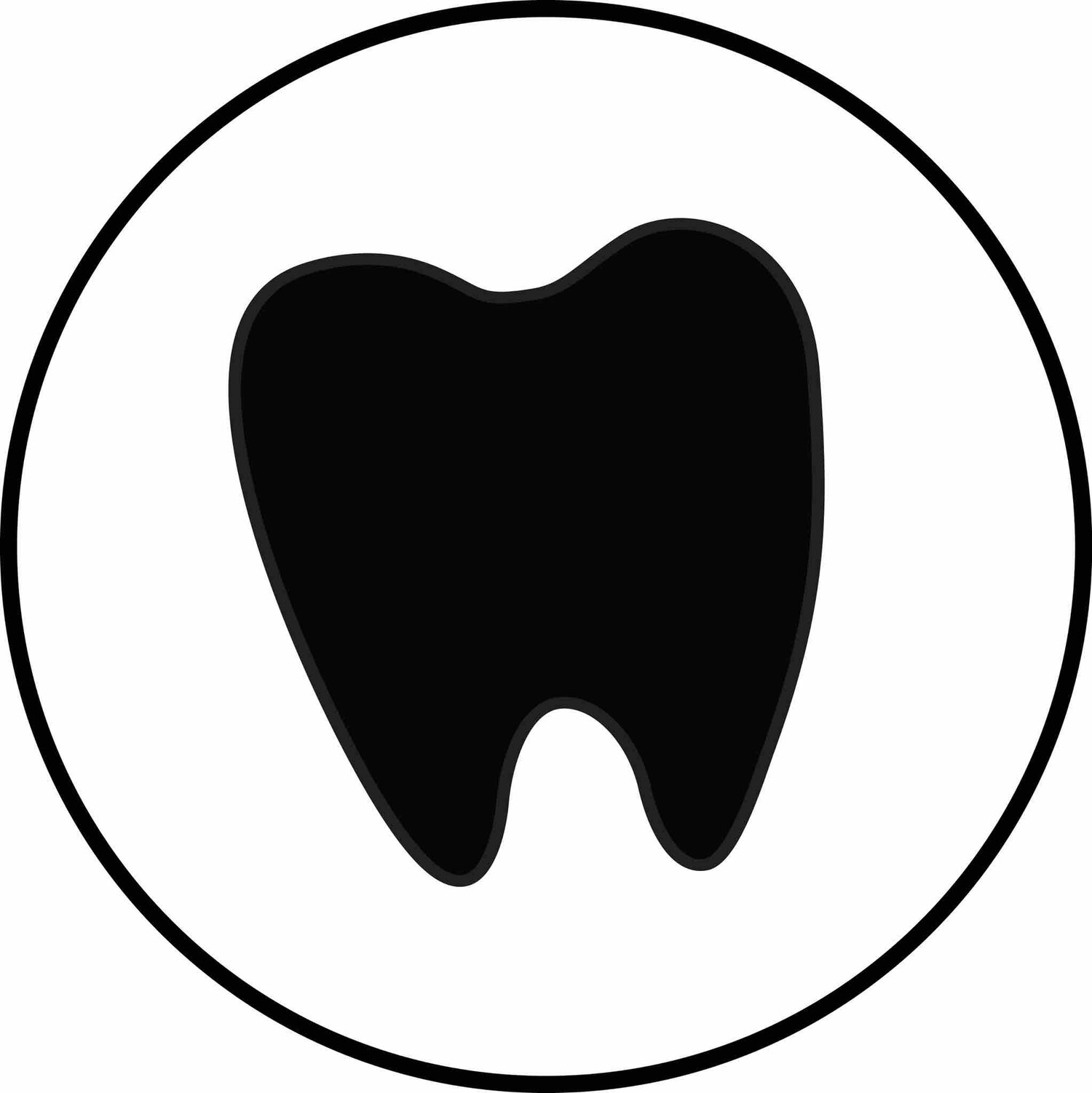6 Steps To Getting A Raise
Updated 4-6-24
At any stage in your career you could be wanting to negotiate your pay with your employer. If you are just planning on walking into your employers office one morning and demanding a raise you are setting yourself up for failure. These things take time, research and patience. Below are 6 steps to getting that raise you deserve.
1. Decide What You Would Like to Get Paid
Do you want $1-2 more per hour? Do you want to get paid on production? What is it that YOU want? Decide, so that if asked in step 2 you can be prepared.
2. Request an Initial Performance Review
The purpose of this 10-15 minute meeting is to make goals that you can reach so that next time you meet you will have met those goals and be able to ask for a raise. This is not the time to ask for a raise but if they bring it up you will have already decided from step one what you would like to be getting paid. Here are some options of topics to review at that meeting.
What are some things that I do well?
What would you like to see me do better?
What are my goals and the office goals?
3. Increase The Hygiene Departments Production
You want to show that you add value to the office and therefore deserve a raise. Read up on our latest articles below on some ways to increase the hygiene department's production.
How to increase production with the medical history
How to increase production with your radiographs
4. Increase The Dentists Production
Read up on how to increase the dentists production. We are with the patients much longer than the dentist, giving us the opportunity to discuss findings to our patents and then bring up those findings to the dentist. If we can help increase the dentist production, as well as our own, it makes us invaluable.
5. Track Your Increases
If you don’t know how to do it yourself, ask the front desk personnel to teach you how to check your production. All practice managment software systems have a way that tracks the office's production, and breaks it down into providers. Then track it from the last 3 months to the next 3 months.
Also track how much treatment the dentist diagnoses in your chair. Look at what they have averaged daily in their production for the last 3 months and shoot for a goal to help increase that number. I usually have to track this by the patients printable treatment plan as I don't know of a dental program that does it for you unfortunately. If you know of one, let me know below!
An example of this is you have found out that the patient grinds and would benefit from an occlusal guard, you use the Diagnodent and find 3 high readings on the occlusal surfaces, you also notice 1 large filling that has a crack in it (potential crown) and then 2 teeth with suspicious areas of darkness on the radiographs. You discuss your findings with the patient and say, “Let's have the dentist decide what they want to do.” The dentist them comes in for the exam and you bring up your findings. Then at the end of the day, you track how much treatment was diagnosed in your operatory.
Since we are with the patient more than the dentist we have the opportunity to find treatment the dentist may not see.
6. 3-6 Months Later, Request a Second Performance Review
I would recommend creating a 1 page statistic sheet to show your performance for the last few months to present to the dentist (or whoever is in charge of giving you the raise.) After reviewing your past goals and maybe even setting new goals you can show them all of your hard work and ask them for the raise.
Have you ever asked for a raise? How did it go? What did you do to help present the importance of a raise to your employer?


